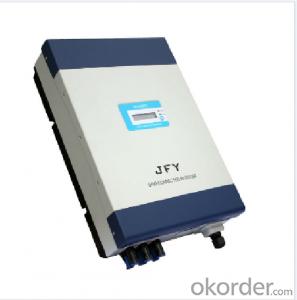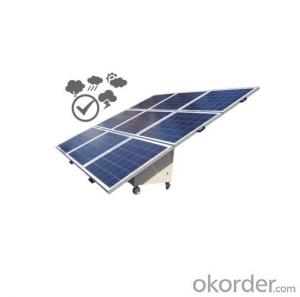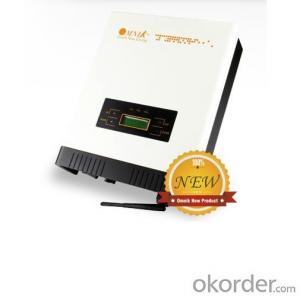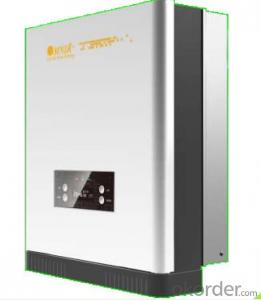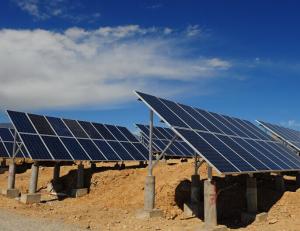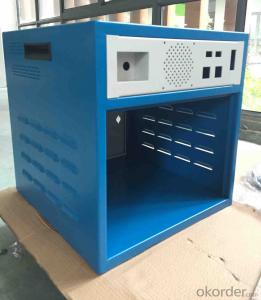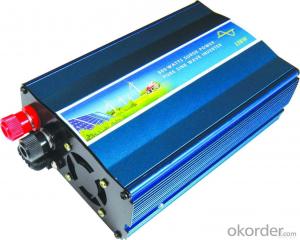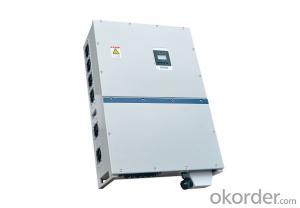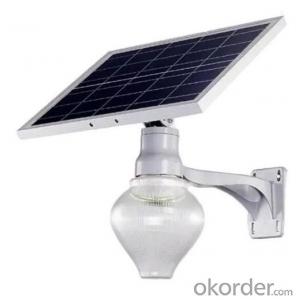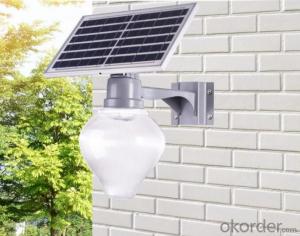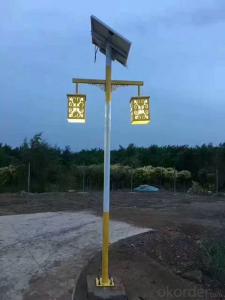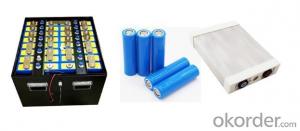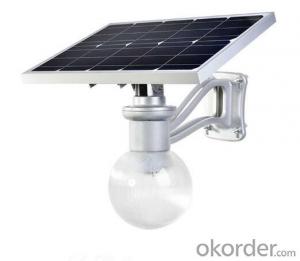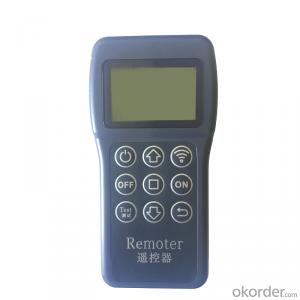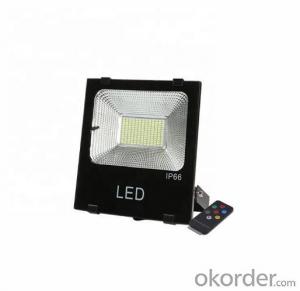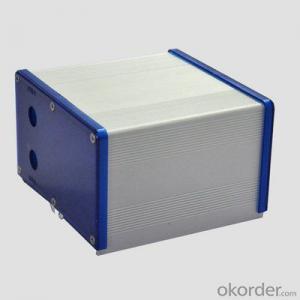5kw On Grid Solar Inverter
5kw On Grid Solar Inverter Related Searches
5kw Off Grid Solar Inverter Off Grid Solar Inverter 5kw 5kw Solar Inverter 5kw Solar Grid Tie Inverter Solar 5kw Inverter 5kw Solar Power Inverter 5kv Solar Inverter 5 Kilowatt Solar Inverter Inverter For 5kw Solar System 5kw Solar Hybrid Inverter 5kw Inverter Solar System 5k Solar Inverter 5kva Solar Inverter 5 Kva Solar Inverter 5kw Hybrid Solar Inverter Solar Power 5kw Inverter Solar 5kva Inverter 5 Kw Hybrid Solar Inverter 5kw Solar Panel Inverter 6kw On Grid Solar Inverter On Grid Solar Inverter Hybrid Solar Inverter 5kw 5kva Hybrid Solar Inverter 5kva Inverter Solar System 5kw Solar Inverter For Sale 4kw On Grid Solar Inverter Growatt Solar Inverter 5kw 1kw On Grid Solar Inverter Growatt 5kw Solar Inverter On Grid Inverter Solar5kw On Grid Solar Inverter Supplier & Manufacturer from China
The 5kw On Grid Solar Inverter is a high-performance product designed to convert solar energy into usable electrical power for residential and commercial applications. This inverter plays a crucial role in the solar power system by ensuring the efficient transfer of energy from solar panels to the grid or local electrical network. The 5kw On Grid Solar Inverter is particularly useful in scenarios where grid-tied solar systems are installed, allowing users to harness solar energy during the day and draw power from the grid when needed. This product is essential for those looking to reduce their reliance on traditional energy sources and contribute to a more sustainable future.The 5kw On Grid Solar Inverter is widely used in various settings, including homes, businesses, and even large-scale solar power plants. It is particularly beneficial for areas with high solar irradiance, where the potential for solar energy generation is maximized. By integrating this inverter into a solar power system, users can take advantage of government incentives and reduce their electricity bills, making it an attractive option for both environmental and economic reasons. The 5kw On Grid Solar Inverter is also designed to withstand various weather conditions, ensuring reliable performance and longevity.
Okorder.com is a reputable wholesale supplier of the 5kw On Grid Solar Inverter, offering a vast inventory to cater to the needs of various customers. As a leading platform for solar energy products, Okorder.com ensures that the 5kw On Grid Solar Inverter is available at competitive prices and with the assurance of quality. By partnering with Okorder.com, customers can benefit from their extensive experience in the solar industry and access to a wide range of solar products, making it a one-stop solution for all their solar power needs.
Hot Products


